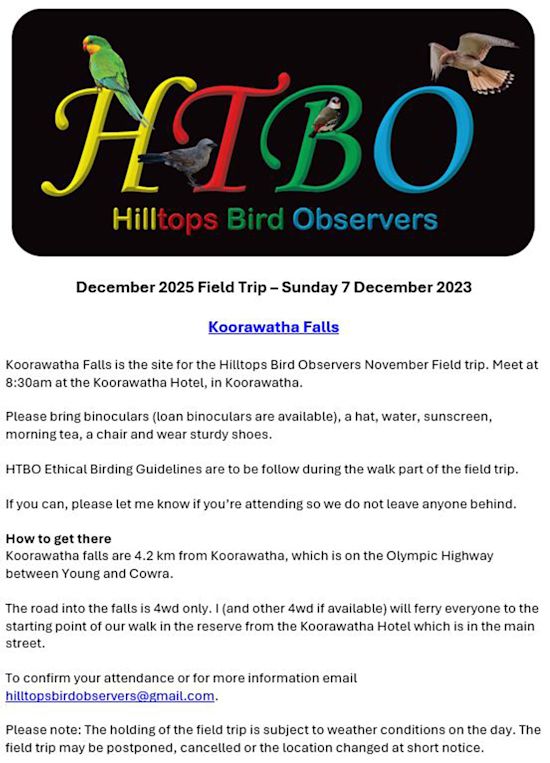Shining Light On Drought Experiences To Build Future Resilience

IMAGE: The Baselining Drought - Developing a Baseline Understanding of Farmer & Community Perceptions of Drought report was put together following consultation with more than 250 stakeholders across five regions in central and southern NSW.
Climatic models suggest an increased chance of El Nino and new research from the Southern NSW Drought Resilience Adoption and Innovation Hub has provided valuable insight on experiences of drought to help farmers and communities become more resilient.
The Baselining Drought - Developing a Baseline Understanding of Farmer & Community Perceptions of Drought report was put together following consultation with more than 250 stakeholders across five regions in central and southern NSW.
Southern NSW Hub Director, Ms Cindy Cassidy said the report focused on the most recent drought examining key themes of agricultural productivity and profit, the impact on communities, Indigenous values, and the landscape.
“The report takes its findings from the people who lived through the drought and many of the shared experiences of financial pressure, slow recovery and the toll on people’s health and wellbeing came as no surprise,” Ms Cassidy said.
“What was striking, though, was that management was made much more difficult because of the speed at which the drought took hold, its intensity and duration.”
“After three years even the best plans failed, options dried up, and farmers had to respond to an evolving situation as best as they could.”
Ms Cassidy said this was an important starting point for a wider conversation about building resilience, given the potential for more frequent and intense droughts as our climate changed.
“We want to continue to hear from farmers and regional communities about their experience and what they need to build capacity to respond to future challenges,” she said.
First Nations communities in the Far West and South Coast also shared how the drought impacted them.
“The drought was keenly felt by the indigenous community,” Ms Cassidy said.
“Among other things, the amount of bush tucker and medicine was reduced, access to traditional meeting places was restricted, and sacred sites were exposed and damaged.”
The research also examined the impact of drought beyond the farm gate with first-hand reflections from the broader community.
“It notes reduced sporting and educational opportunities, social isolation and increases in reports of mental health issues,” Ms Cassidy said.
“But it also showed there were positive impacts of locally organised, government funded community activities.”
“This has helped us to better appreciate the significant flow-on impacts of the drought on small communities and regional economies.”
Head to https://research.csu.edu.au/engage-with-us/research-impact/southern-nsw-drought-resilience-hub for the full report Baselining Drought.
Complete the survey at https://survey.alchemer.com/s3/7382059/SNSW-Innovation-Hub-Ideas-and-Opportunities-to-Build-Drought-Resilience.
Stay Connected
Subscribe
Get in Contact
Hilltops News to your inbox
Sign up now for the latest news from the Hilltops Area direct to your inbox.









